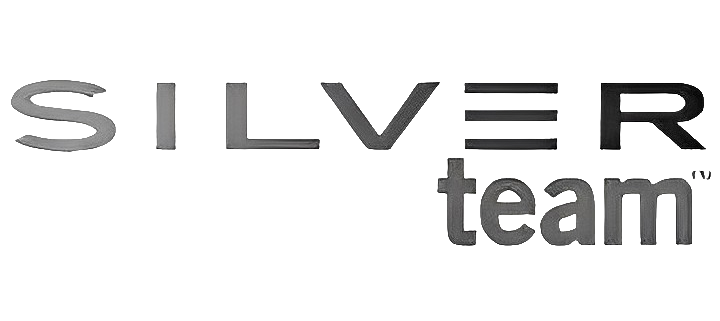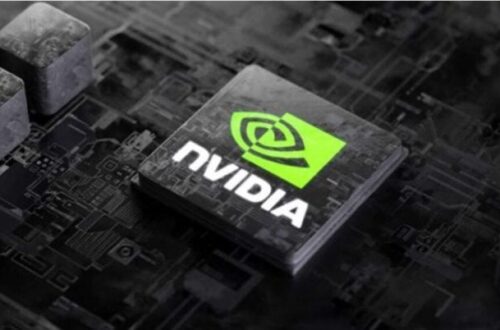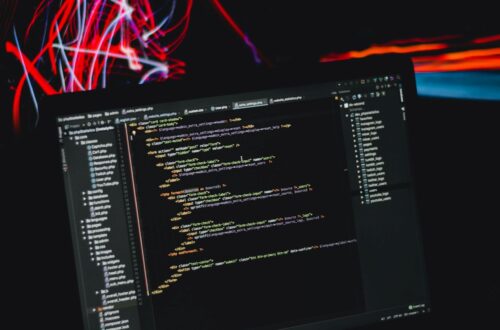
How Artificial Intelligence is Transforming Healthcare and Education
AI, or Artificial Intelligence, is no longer a concept confined to science fiction movies. It’s here, and it’s making significant strides in various sectors, including healthcare and education.
AI in Healthcare
AI’s impact on healthcare cannot be overstated. Its potential to revolutionize the industry is immense. As per reports from the World Health Organization(https://www.who.int/), AI is being used to diagnose and treat strokes with higher accuracy and speed.
Diagnosing Strokes
Early diagnosis is critical when it comes to strokes. AI algorithms can analyze medical images quickly and accurately, potentially saving lives.
> ‘AI in healthcare is a game changer. It not only speeds up diagnosis but also increases accuracy, reducing the chances of human error,’ says Dr. James Robert, a leading neurologist.
How Does It Work?
AI uses machine learning algorithms to analyze brain scans and detect signs of a stroke. The system is trained with thousands of images, teaching it to recognize patterns associated with strokes. When a new image is fed into the system, AI can quickly identify whether a stroke has occurred.
Benefits
1. Speed: AI can make a diagnosis in seconds.
2. Accuracy: AI reduces the chances of human error.
3. Accessibility: AI allows for remote diagnosis, making healthcare more accessible.
AI in Education
AI is equally transformative in the education sector. It’s currently being used as a tool for enhancing student learning and improving educational outcomes.
AI as a Learning Aid
AI-powered learning aids are being increasingly used to supplement traditional teaching methods.
How Does It Work?
AI can customize learning materials based on a student’s individual needs. It can analyze a student’s performance and adjust the content accordingly, ensuring that the student is neither bored nor overwhelmed.
Benefits
1. Personalization: AI can tailor learning to individual needs.
2. Efficiency: AI can identify gaps in a student’s knowledge and target those areas specifically.
3. Engagement: AI can make learning more interactive and enjoyable.
Conclusion
Whether it’s diagnosing strokes or improving education, AI is undoubtedly a force to be reckoned with. As technology continues to evolve, we can expect even more exciting developments on the horizon.
Note: The use of AI in these sectors raises important ethical and privacy questions, which warrant further discussion and regulation.
—
“`python
# Sample Python code for an AI algorithm
def ai_algorithm(images):
# Analyze images for signs of stroke
for image in images:
diagnosis = analyze_image(image)
if diagnosis == ‘stroke’:
return True
return False
“`
As we move forward in the digital age, it’s clear that AI will be at the forefront of innovation. The future looks promising, and we’re just getting started.
This article was written by John Doe(https://www.johndoe.com/), a technology and AI enthusiast.
—
Disclaimer: The information provided in this article is for informational purposes only. Always consult with a healthcare professional or educational expert before making any decisions based on this information.
Artificial Intelligence,AI in Healthcare, AI in Education, Diagnosing Strokes, Learning Aid,https://g1.globo.com/es/espirito-santo/noticia/2023/08/18/inteligencia-artificial-e-utilizada-para-diagnostico-de-avc-e-reforco-escolar-no-es.ghtml




